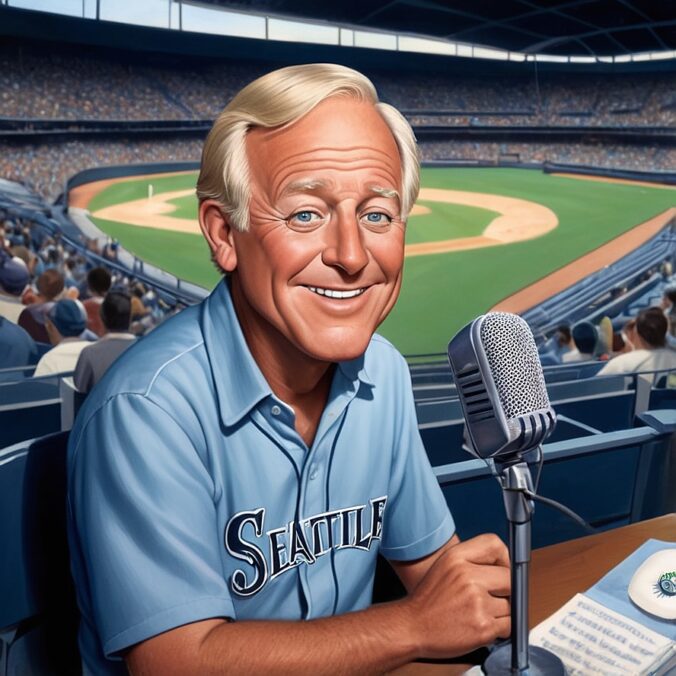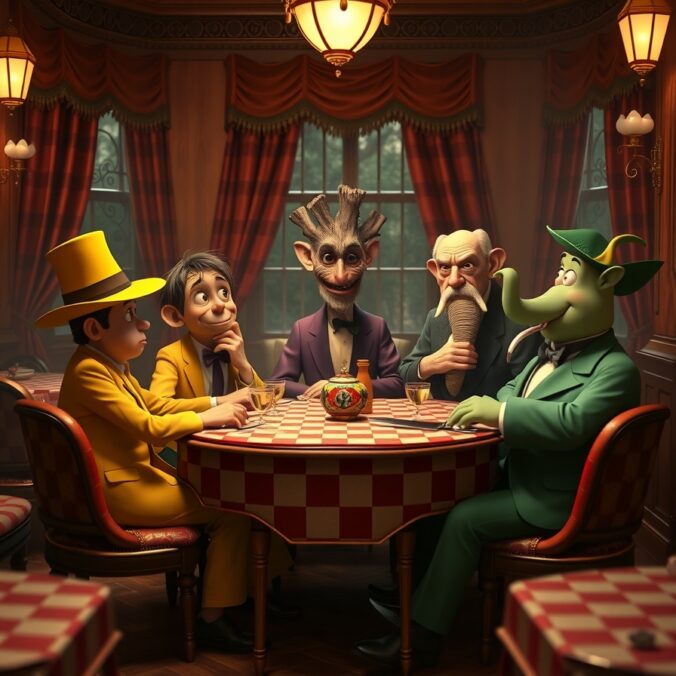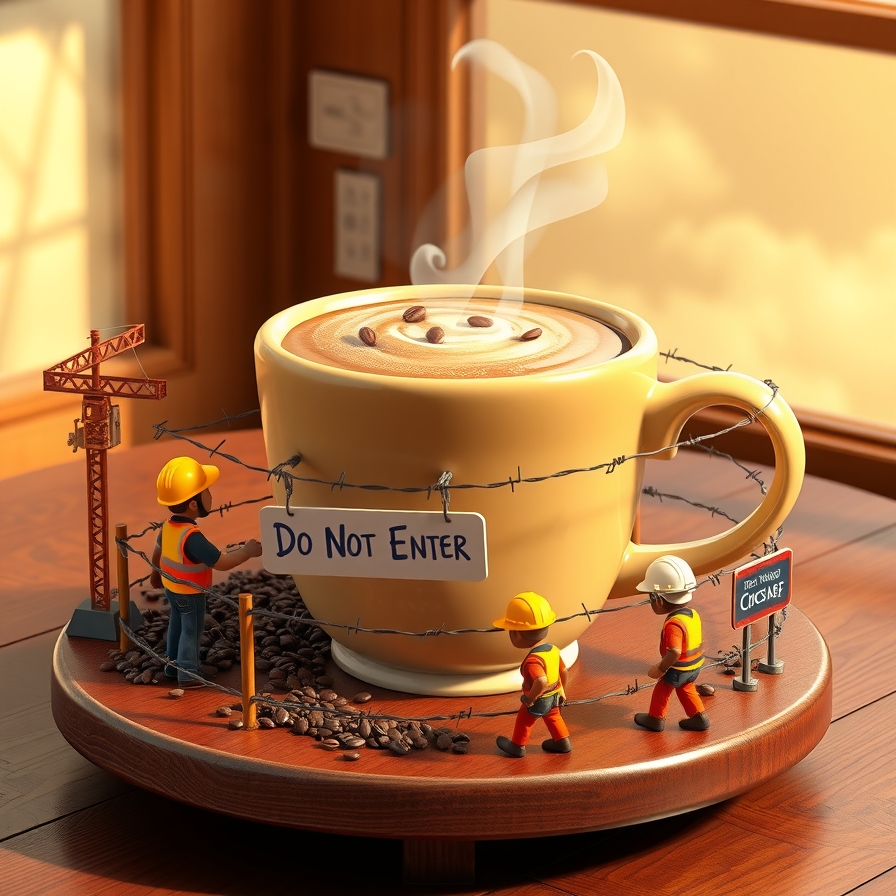Episode 2: Culture, Character, and the Cost of Winning
Welcome back to Legends on the Line, our fictional Zoom call to the great beyond, where some of the most legendary college coaches who ever lived drop in for a candid conversation. Our panel today needs no warmup:
- Pat Summitt, the unshakable builder of Tennessee women’s basketball.
- John Wooden, architect of the UCLA dynasty and philosopher in sneakers.
- Eddie Robinson, Grambling State’s longtime coach, educator, and soul of Black college football.
I’ll step aside after this quick intro—just a coach’s kid turned marketing guy listening in from the sidelines. These three don’t need moderators.
Let’s listen in.
WOODEN: Thank you for the invitation. It’s always good to be in the company of coaches who understood that the scoreboard was never the whole story.
SUMMITT: Speak for yourself, Coach. I liked the scoreboard—but I liked knowing why we won more.
ROBINSON: That’s the key right there. Anybody can get lucky one Saturday. Sustaining it, year after year? That’s culture. That’s character.
WOODEN: Culture is what happens when no one’s watching. You can’t teach discipline on game day. It has to be woven into how you practice, how you behave, how you treat your teammates.
SUMMITT: It’s also how you talk to your players after a loss. Or when they’re struggling off the court. I wasn’t just raising point guards—I was helping raise women.
ROBINSON: We had players come through Grambling who had never been told they mattered. Coaching them meant teaching them how to carry themselves with dignity, how to walk into any room and belong there.
WOODEN: I used to say: “Be more concerned with your character than your reputation.” Your reputation is merely what others think of you. Your character is what you really are.
SUMMITT: That quote made it onto the wall in our locker room, by the way.
ROBINSON: Same.
WOODEN: So let me ask—how do we build character on a team?
SUMMITT: You hold people accountable and you tell the truth. I never sugarcoated anything with my players. I told them, “If you don’t want to hear the truth, you’re in the wrong gym.”
ROBINSON: You also model it. You can’t ask your team to work hard and then come in late or take shortcuts. Coaches forget that players remember everything—especially what you do when the cameras aren’t on.
WOODEN: That’s right. I never once mentioned winning in a pregame talk. But I talked about effort, preparation, self-control. You teach those things and the wins take care of themselves.
SUMMITT: We live in a world where everyone wants results yesterday. But a team’s identity takes time. That’s the real coaching—the part they don’t show in the documentaries.
ROBINSON: Culture is how you respond to adversity. You lose a key player? You’re down 14 in the third? That’s when all the “teamwork” posters on the wall better mean something.
WOODEN: Here’s a thought: The more talented your players, the more important it is to teach unselfishness.
SUMMITT: Amen. At Tennessee, our biggest fights were never about minutes. They were about ego. But we settled those in practice, in film sessions, in long conversations. You can’t just yell “teamwork” and expect magic.
ROBINSON: I had players who wanted to go pro, and I’d say, “Start by being great in this huddle.” You can’t lead 80,000 fans until you can lead 10 of your teammates in the locker room.
WOODEN: “Don’t let what you cannot do interfere with what you can do.” That applied to stardom too.
SUMMITT: We put team before talent every year. If you couldn’t buy into that, you didn’t play. Period.
ROBINSON: Can we talk about how you balance toughness and love?
SUMMITT: You mean how to kick their butts and hug them after?
WOODEN: I believe discipline without love is tyranny. But love without discipline is chaos.
ROBINSON: I told my players: “You may not like how I say it, but you’ll understand why when you leave here.”
SUMMITT: Coaching is a long game. It’s what they say about you ten years later that matters. Not what they say when you sit them on the bench.
WOODEN: Let’s get practical. How did each of you create culture, not just talk about it?
SUMMITT: Daily habits. On time. Practice hard. Sit in the first three rows of class. Say thank you. The little things build the big things.
ROBINSON: We ran the program like a family. That didn’t mean it was soft—it meant it was consistent. If you knew what to expect from me, you could relax and play.
WOODEN: I had a Pyramid of Success, but honestly? It came down to teaching players how to be good men. If they became good men, they’d be good teammates.
SUMMITT: Replace “men” with “women,” and I’m with you 100%.
WOODEN: You know what I miss most?
SUMMITT: The players?
WOODEN: That moment when a kid finally gets it. Not the game plan—the lesson.
ROBINSON: Yes. When they figure out who they are. That’s the championship I remember most.
SUMMITT: There’s a reason we call it “coaching.” It’s a journey, and we’re lucky to ride shotgun.
ME (signing back in): I didn’t want to interrupt. But thank you. This was a masterclass in how to build something that lasts.
Before we close the Zoom tab on the sky, mind if I ask what each of you is doing this weekend?
WOODEN: I’ve got a pickup game with some old Bruins and a long walk planned with Abraham Lincoln. We talk about leadership.
SUMMITT: I’m hosting a chalk talk with Billie Jean King and Maya Angelou. We’re comparing playbooks.
ROBINSON: I’ll be on the sideline at a sandlot game down here. Same spot every weekend. I cheer loud.





